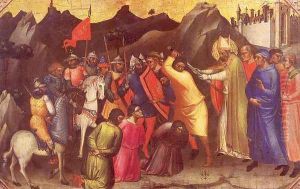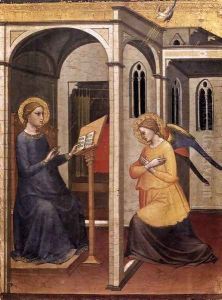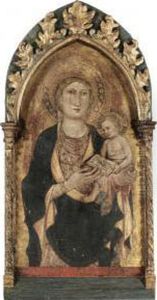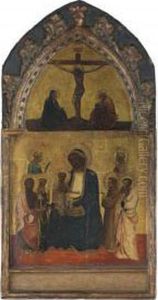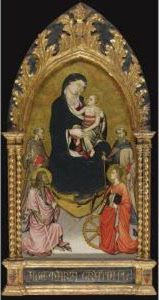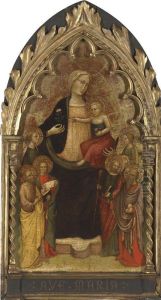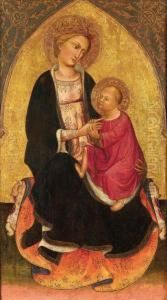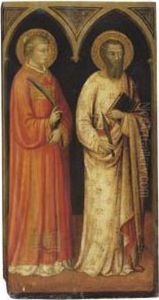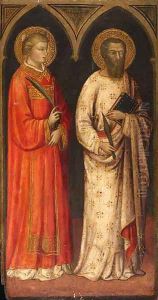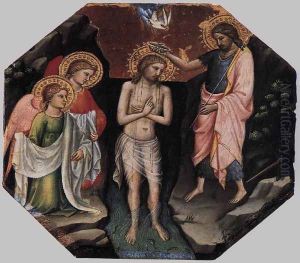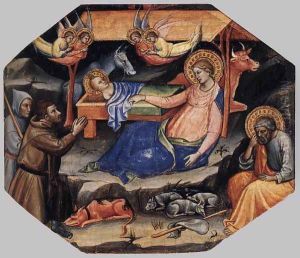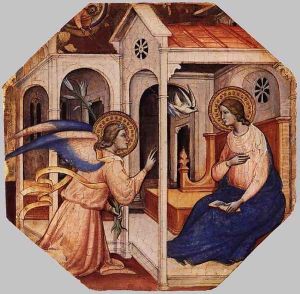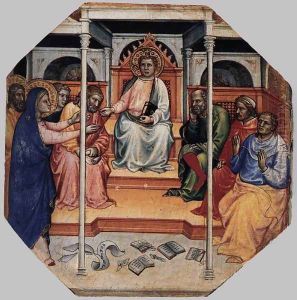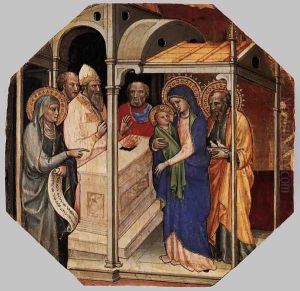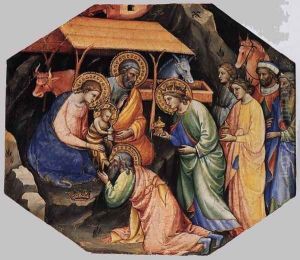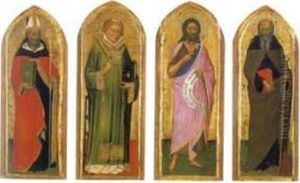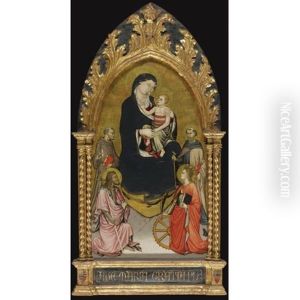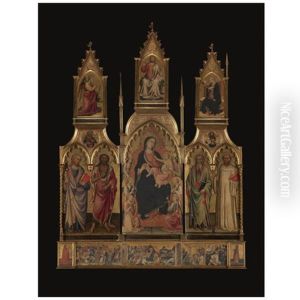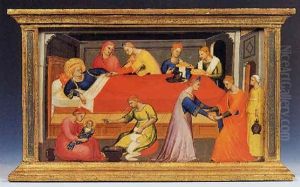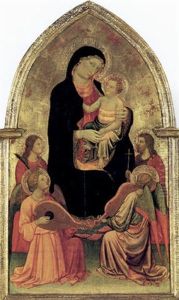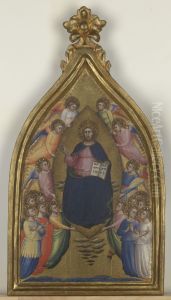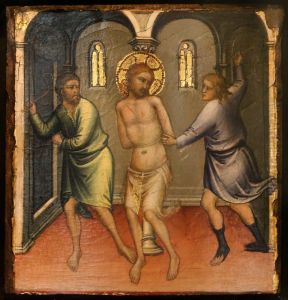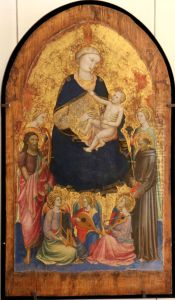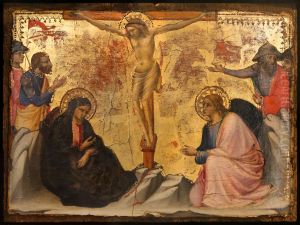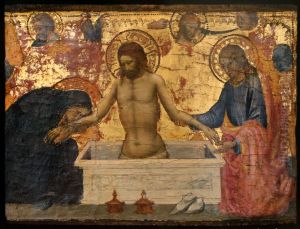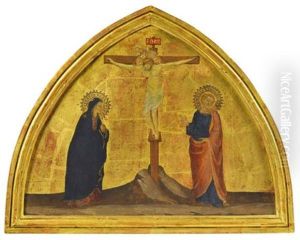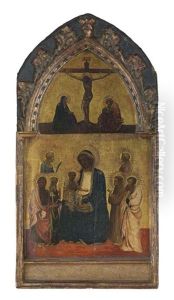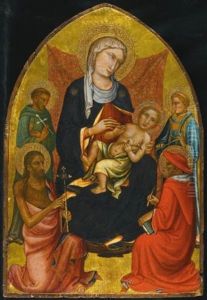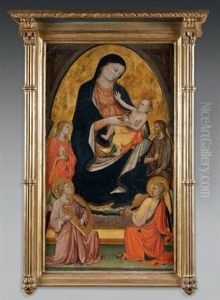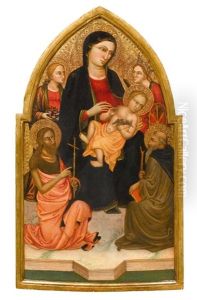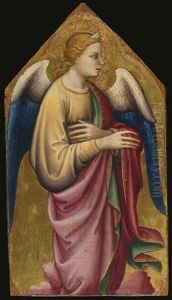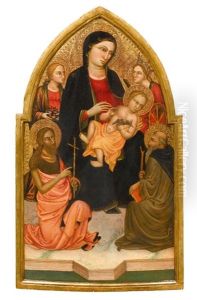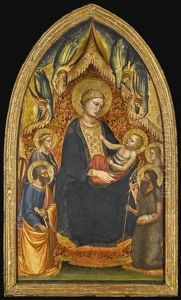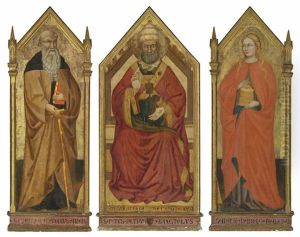Mariotto Di Nardo Paintings
Mariotto di Nardo was an Italian painter active during the late Gothic period, primarily in Florence. Born in 1394, Mariotto was part of a lineage of painters, being the son of the artist Nardo di Cione. His family background provided him with a profound connection to the artistic movements of his time and a strong foundation in the techniques and styles prevalent during the late 14th and early 15th centuries. Mariotto's work is characterized by a delicate handling of figures and a nuanced approach to color, which was typical of the transition from Gothic to Renaissance art in Florence.
Mariotto's contributions to the art world are seen through his religious paintings, altarpieces, and frescoes, which often depicted scenes from the Bible and the lives of saints. These works are noted for their emotional depth and the detailed portrayal of both figures and architectural elements. His style reflects the influence of his predecessors and contemporaries, including the likes of Giotto and Lorenzo Monaco, yet Mariotto's work also hints at the emerging Renaissance sensibility towards a more naturalistic representation of space and form.
Despite his apparent talent and contributions, Mariotto di Nardo's career was relatively short-lived, and he passed away around 1424. Although not as widely recognized as some of his contemporaries, Mariotto's artistry played a significant role in the transition period of Florentine art. His works can be found in various museums and collections, offering insight into the stylistic evolution occurring in Florence during his lifetime.
Throughout his career, Mariotto di Nardo managed to leave a lasting impact on the development of Italian art, bridging the gap between the medieval traditions of his forebears and the burgeoning Renaissance style that would come to define the era. His legacy is that of a skilled artist who contributed to the rich tapestry of Italian art history, embodying the transformative period in which he lived.
